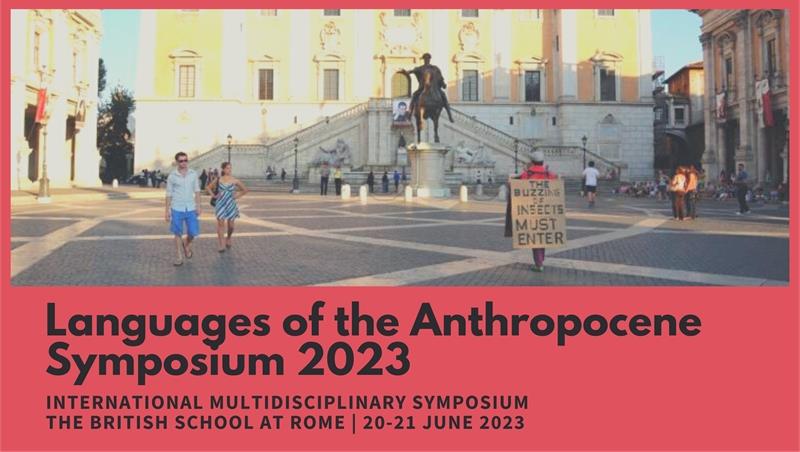The environmental crisis is a planetary problem but the ways in which the climate catastrophe is experienced and spoken and written about are far from universal.
Environmental slow violence unfolds globally but unevenly across self-perceived centres and peripheries of political, economic, and cultural power.
It cements and exacerbates century-old patterns of colonial violence. The language of the Anthropocene foregrounds universality, in ways that risk to marginalise or silence the world’s most vulnerable communities.
How can we strive for a plurality of languages that articulates these tensions and apparent contradictions, and that aspires to transcend them? What are the most salient differences, across dominant and minority languages, including the languages of indigenous people? How is the global environmental catastrophe differently conceptualised in policy and science, on the one hand, and everyday life, on the other?
This conference offers a comparative analysis and collective re-thinking of the role of language(s) in personal, communal, transnational and planetary engagement with environmental catastrophe. We focus on four interrelated sets of questions:
- How can the expertise of scholars of literature, language, and culture be engaged to advance our understanding of cultural and linguistic difference in climate discourse?
- How can researchers help foster multilingual communities that query Anthropocene discourse from diverse angles, including the position of its least privileged and most vulnerable designations?
- What is the relation between human multilingualism and more-than-human communities, temporalities, and intersections? Can multilingualism guide us towards imaginative frameworks that resist anthropocentric mastery?
- Can we read the Anthropocene as a grammar or language that is shaped by particular quotidian orderings of world-ending and world-building forces (e.g. time, movement, affect, space)?
Visit Link identifier #identifier__127427-2https://www.ucl.ac.uk/ for he programme of the Symposium
photo credit: Kreider + O’Leary, "Parrhesia", Campidoglio, Rome, Italy, September 2011
